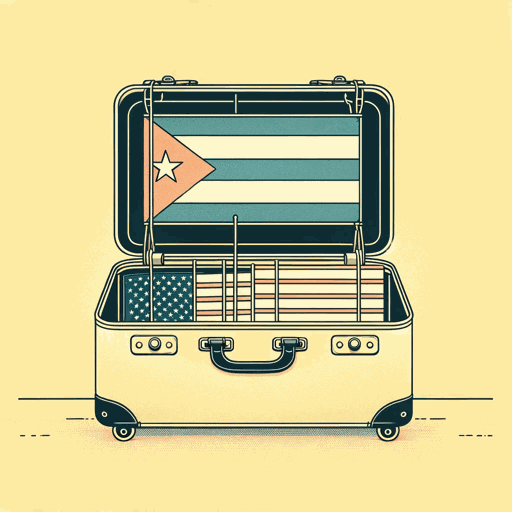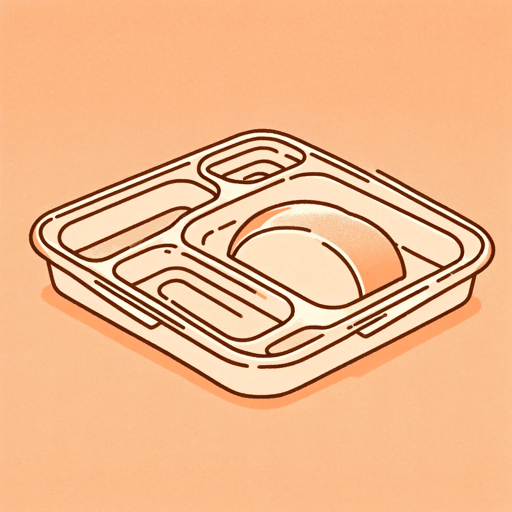91 pages • 3 hours read
Christina Diaz GonzalezThe Red Umbrella
Fiction | Novel | Middle Grade | Published in 2010A modern alternative to SparkNotes and CliffsNotes, SuperSummary offers high-quality Study Guides with detailed chapter summaries and analysis of major themes, characters, and more. For select classroom titles, we also provide Teaching Guides with discussion and quiz questions to prompt student engagement.
Summary and Study Guide
Overview
Originally published 2010, The Red Umbrella is a widely acclaimed historical fiction novel for middle grade readers. Author Christina Diaz Gonzalez based her debut novel on the experiences of her parents and mother-in-law following the Cuban revolution in 1961-1962. After Fidel Castro rose to power following the communist revolution in 1959, he vowed to retain power at any cost. This included limiting free speech, taking over the newspapers, jailing and executing anti-revolutionaries, and indoctrinating the youth. Rumors circulated that Castro intended to remove all children from their homes to be educated in special government schools or sent to schools in Russia. This led many parents to take the desperate measure of sending their children to the United States, alone. This mass exodus of roughly 14,000 children is now called Pedro Pan.
Plot Summary
Protagonist Lucia Alvarez and her brother Frankie are two of the children sent to the United States in 1961. The story begins in Cuba, as Lucia daydreams about her quinces, her 15th birthday, when she will be introduced in Cuban society as a young woman. The Alvarezes are financially comfortable with plenty of savings in the bank and a lovely home. Castro’s policies limit family income, and the government has begun taking personal property for government gain. As their freedoms are stripped away, Lucia’s mother and father become increasingly distressed. Lucia is a typical teenage girl, concerned with fashion and boys, insulated from the political culture around her. In the beginning of the story, Lucia desires more independence from her parents. She is often annoyed with her overbearing mother; she wishes to wear makeup and cut her hair, against her mother’s wishes. The political atmosphere in Cuba is tense, but Lucia is unaware of the stakes until she discovers the body of the local pharmacist strung up in a tree. Soon, Lucia’s father is arrested for lack of participation and support of the revolution, and he and Lucia’s mother make the painful decision to send Lucia and Frankie to the United States.
The novel takes a turn when the children land in the small town of Grand Island, Nebraska, where they are surrounded by cornfields. Lucia and Frankie are taken in by the Baxters, an older couple who care for them while they are separated from their family and country. Lucia remains strong despite these extreme changes. She learns the true value of being close to her family, and she gains the independence and maturity she hoped for the previous year in Cuba. Eventually, after Lucia’s 15th birthday, Christmas, New Years, and into late spring, Lucia’s parents join them in Nebraska.
The novel’s chapter titles reflect headlines from prominent US newspapers. The headlines reveal that the American perspective of the political situation in Cuba is dire. The newspapers report a steady stream of Castro’s oppressive socialist reforms and policies. In the earlier half of the novel, before the children move to Nebraska, these headlines act as a form of dramatic irony, since the reader is aware of Castro’s true actions and Lucia is not. Once in the US, the headlines reveal to Lucia that the newspapers in Cuba are full of misinformation and propaganda. She begins to understand the extent of Castro’s authoritarian rule, and she comprehends how Castro’s actions are a tragic degradation of the Cuban people’s freedom.


